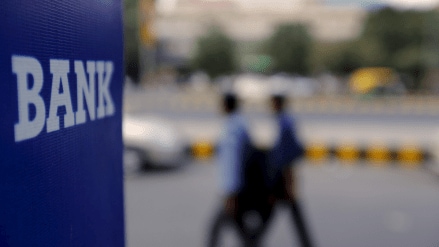With the Reserve Bank of India (RBI) set to close feedback on its draft expected credit loss (ECL) framework by November 30, banks are seeking more flexibility on the loss-given default (LGD) assumption of 45% for exposures secured by eligible collateral. Lenders argue that this could overstate the loss potential in certain asset classes.
“Gold is also considered an eligible collateral. In such cases, assigning an LGD of 45% seems excessive; a 5–10% level would be more realistic,” said a senior official of a public sector banker.
Loss-given default is a measure of the percentage of a loan that a lender is likely to lose if the borrower defaults even after recovery has been made. For example, if a borrower defaults on a property loan of 1 crore and the bank even after selling it cannot recover, then it will be sitting at a loss. Therefore, the bank will have to make provisions on the assumption that the borrower will default and the recovery won’t cover the cost of lending.
As per the draft, while provisioning requirements for Stage-1 assets are expected to remain largely unchanged, Stage-2 accounts — typically those overdue for 30–90 days — may see a significant increase in provisioning, bankers said.
The draft proposes 5% provisioning for secured retail and MSME loans, and about 1.5% for home and loan-against-property portfolios, compared with lower norms at present. Bankers are requesting to lower this provisioning requirement of 5%, a senior analysts said.
According to a report by Kotak Institutional Equities, in other countries the provisioning for Stage-2 assets is in the range of 4-21%, with China being the only exception of having 2% provision on such assets.
“While the move to ECL is directionally correct and aligns with global practice, some lenders may seek a longer implementation runway beyond 2031, as the RBI has done with earlier transitions such as Basel norms” Pratish Kumar, Partner at JSA said. “Stage-2 provisioning will be a key area of adjustment, particularly for smaller banks and those with higher retail exposures,” he added.
Rating agencies and bankers say the initial hit to capital ratios will vary across institutions, depending on the composition of their loan books and their historical experience with credit losses.
Based on disclosures from about 8–10 banks, the capital impact could range between 75 and 125 basis points, though some lenders may face higher erosion, analysts at ICRA said in a webinar. “Unsecured lenders or those with higher loss-given-default (LGD) ratios and elevated SMA-1 and SMA-2 accounts may see a sharper impact,” said Anil Gupta, senior vice president & co group head – financial sector ratings at ICRA.
However, he added, “The overall sectoral impact should be less than 150 bps. The RBI has already provided a five-year transition window, which will allow banks to smoothen the provisioning requirement over time.”
Sanjay Agarwal, senior director at CareEdge Ratings noted that several banks have already begun building provisions in advance, which will help mitigate the transition effect. “The ECL adjustments aren’t going to impact the P&L directly, so an upfront adjustment through net worth is preferable. It protects profitability and enhances return on equity compared to staggered provisioning,” he said.
Kotak Institutional Equities, in its report said that they see an impact of 0-4% of net worth and 0-60 bps of credit cost for most banks during this transition and believe that lenders would be given time for the transition. “The model requires higher stage-1 and stage-2 provisions, but we do see possible provision reversals from stage-3 provisions,” the report said.
